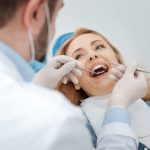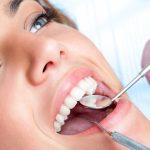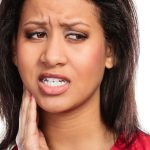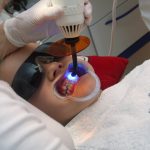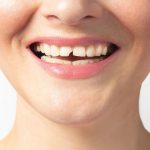When to Use Toothpaste After Extraction: A Comprehensive Guide
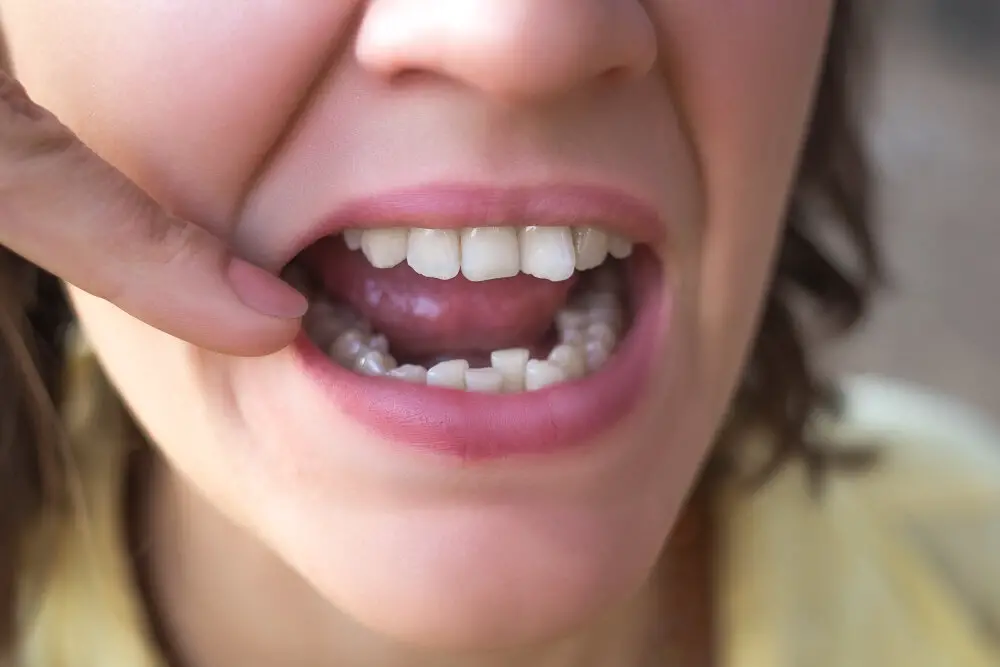
Tooth extraction is a dental procedure that involves removing a tooth from its socket in the jawbone. This can be due to several reasons, such as severe tooth decay, gum disease, injury, or overcrowding. Once the tooth is extracted, taking proper care of the gum area is crucial for a speedy recovery. One of the most common questions after tooth extraction is when to use toothpaste. This comprehensive guide will give you all the information you need to know about using toothpaste after tooth extraction. The healing process after tooth extraction can take time, and it’s important to follow the instructions from your dentist carefully. Using toothpaste too soon can hinder the healing process and cause discomfort. However, not using toothpaste at all can lead to bad breath, plaque build-up, and other dental issues. This guide will provide you with the necessary information to determine when it’s appropriate to start using toothpaste after tooth extraction, what type of toothpaste to use, and how to use it properly to facilitate the healing process.
Understanding Tooth Extraction
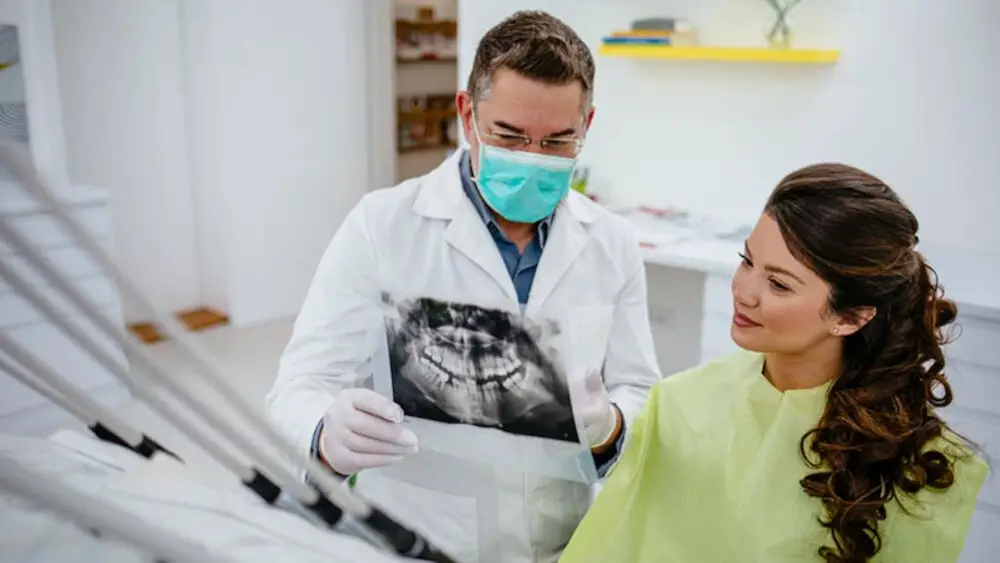
Tooth extraction is a dental procedure that involves the removal of a tooth from its socket in the jawbone. The procedure is usually performed by a dentist or an oral surgeon, and it can be done for a variety of reasons. Some of the most common reasons for tooth extraction include severe tooth decay, gum disease, overcrowding, and injury. The procedure can be done under local anesthesia, conscious sedation, or general anesthesia, depending on the complexity of the case and the preferences of the patient. After the tooth is extracted, the patient will be advised to follow certain aftercare instructions to promote healing and prevent complications. It is important to note that tooth extraction is a serious dental procedure that should not be taken lightly. While it is a common and routine procedure, it still carries some risks and potential complications. For example, there is a risk of bleeding, infection, nerve damage, and bone loss. To minimize these risks, it is important to choose a qualified and experienced dentist or oral surgeon, follow all pre-operative and post-operative instructions, and report any unusual symptoms or complications to the dental professional. In addition, it is important to maintain good oral hygiene and follow a healthy diet to promote healing and prevent further dental problems.
Tooth extraction refers to the surgical removal of a tooth from its socket in the jawbone. This procedure is usually performed by a dentist or oral surgeon as a last resort when there is no other option to restore the tooth’s health. Tooth extraction may be necessary due to various reasons such as severe tooth decay, gum disease, trauma, or overcrowding. The process involves numbing the area around the tooth with local anesthesia, making an incision in the gum tissue, and then removing the tooth from its socket. After the extraction, it is important to follow the post-operative instructions given by the dentist to avoid complications and ensure proper healing.
Tooth extraction is a dental procedure in which a tooth is removed from its socket in the bone. There are different types of tooth extraction procedures depending on the condition of the tooth or the reason for extraction. Simple extraction is performed on a tooth that is visible in the mouth and can be easily removed with forceps. Surgical extraction, on the other hand, is required for teeth that are not easily accessible or have not erupted fully. This type of extraction involves making an incision in the gum to access the tooth and may require the use of drills or other tools to remove the tooth. Wisdom teeth extraction is a common type of surgical extraction that is performed to prevent overcrowding or impaction. Overall, tooth extraction is a common dental procedure that can help alleviate pain and prevent further dental problems.
Aftercare for tooth extraction is essential for a speedy recovery and to prevent any complications. The first 24 hours after your tooth extraction are crucial, and it is recommended to avoid any strenuous activity and to rest. You may experience bleeding, swelling, and pain, which can be managed with ice packs, pain medication, and gauze pads. It is important to keep the extraction site clean by rinsing your mouth gently with salt water and avoiding any brushing or flossing around the area. After the first 24 hours, you can start brushing your teeth gently, avoiding the extraction site. As the healing process progresses, you can gradually introduce more solid foods, but it is important to avoid crunchy or hard foods that can irritate the extraction site. In summary, proper aftercare for tooth extraction is crucial for a smooth recovery and to avoid any complications.
When to Use Toothpaste After Tooth Extraction
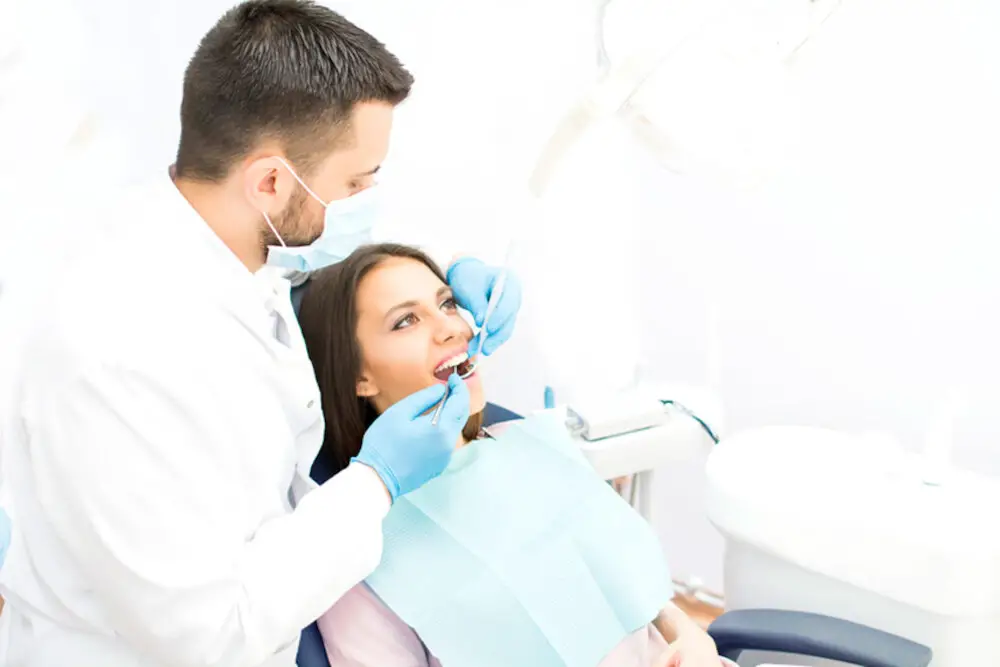
After a tooth extraction, it’s important to take care of the site to prevent infection and promote healing. One of the questions that often comes up is when to start using toothpaste again. The answer depends on the type of extraction and the advice of your dentist or oral surgeon. If you had a simple extraction, where the tooth was fully erupted and easily removed, you can start using toothpaste again the day after the procedure. However, if you had a more complex extraction, such as a surgical extraction, where the tooth was impacted or broken, your dentist may advise you to wait a few days before using toothpaste. When you do start using toothpaste again, it’s important to choose a toothpaste that is gentle and mild. Avoid toothpaste that contains harsh ingredients such as sodium lauryl sulfate, which can irritate the extraction site and delay healing. Look for toothpaste that is specifically designed for sensitive teeth or that is formulated for post-extraction use. It’s also important to use a soft-bristled toothbrush and to brush gently around the extraction site, being careful not to dislodge the blood clot that forms in the socket. By following these guidelines, you can help ensure that your extraction site heals quickly and without complications.
Timing is a crucial factor when it comes to using toothpaste after an extraction. While it is essential to maintain oral hygiene, using toothpaste too soon after extraction can hinder the healing process and cause discomfort. It is recommended to wait at least 24 hours before using toothpaste to brush your teeth after an extraction. This allows the blood clot to form and helps prevent dry socket, a painful condition where the blood clot dislodges, exposing the bone and nerve endings. Once the 24 hours have passed, use a soft-bristled toothbrush and a small amount of toothpaste to gently brush your teeth, avoiding the extraction site. Gradually increase the pressure and duration of brushing over time, but always be gentle around the extraction area to prevent any irritation or damage. Following these guidelines can help ensure a smooth and speedy recovery after a tooth extraction.
There are several factors that one should consider before using toothpaste after an extraction. Firstly, it is important to ensure that the extraction site has fully healed before brushing, as brushing too soon can dislodge the blood clot and delay the healing process. Additionally, it is recommended to use a toothpaste that is gentle and does not contain any harsh ingredients such as alcohol or sodium lauryl sulfate, which can cause irritation or discomfort. One should also consider any allergies or sensitivities to certain ingredients in toothpaste, and consult with their dentist if necessary. Finally, it is important to follow a proper brushing technique, using a soft-bristled brush and being gentle around the extraction site to avoid any trauma or damage.
After a dental extraction, it is essential to take proper care of the affected area to prevent any complications. One crucial aspect of aftercare is choosing the right toothpaste. A mild fluoride toothpaste with no harsh ingredients is highly recommended after extraction. It is advisable to avoid toothpaste containing sodium lauryl sulfate, as it can irritate the area and slow down the healing process. Toothpaste with natural ingredients like tea tree oil, aloe vera, and chamomile can help soothe the gums and promote healing. It is also important to avoid overly abrasive toothpaste as it can damage the sensitive tissues around the extraction site. Opting for a toothpaste that is gentle on the gums and teeth can help speed up the recovery process and ensure optimal oral health.
After undergoing a tooth extraction procedure, it’s essential to take proper care of the affected site to promote healing and prevent any potential complications. One of the most commonly asked questions by patients is when they can start using toothpaste after an extraction. Generally, it’s recommended to wait at least 24 hours before brushing your teeth, and when you do, use a soft-bristled toothbrush and a fluoride toothpaste. However, be gentle when brushing around the extraction site to avoid irritating the wound. Additionally, avoid using mouthwash or rinsing vigorously for the first few days after extraction as it may dislodge the blood clot and delay the healing process. By following these guidelines, you can ensure a smooth and quick recovery after your tooth extraction.
Alternatives to Toothpaste After Extraction
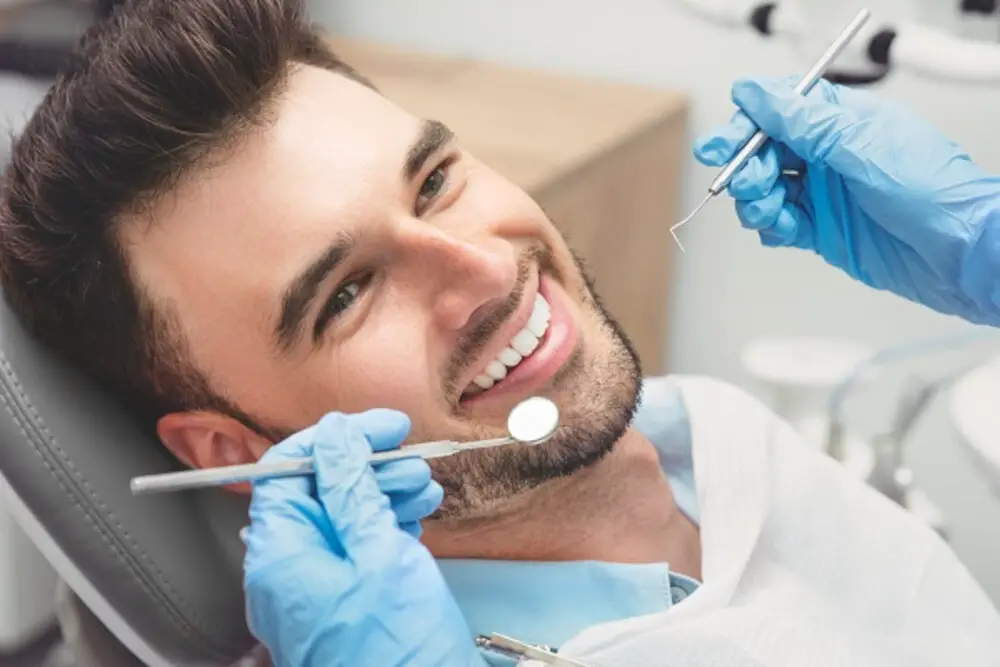
After a tooth extraction procedure, it is crucial to maintain proper oral hygiene to avoid infections and promote healing. However, using toothpaste immediately after extraction is not always recommended, as it can irritate the sensitive area and prolong the healing process. Fortunately, there are several alternatives to toothpaste that are safe and effective in keeping your mouth clean and healthy. One of the most popular alternatives to toothpaste after extraction is saltwater. Salt has natural antiseptic properties that can help prevent infections and reduce inflammation. To prepare a saltwater solution, mix a teaspoon of salt in a glass of warm water and swish it around your mouth for about 30 seconds. Spit it out and repeat the process a few times a day, especially after meals. Another option is to use a saltwater rinse that is specifically designed for oral care, which can be purchased at most drugstores. These rinses contain a balanced ratio of salt and water and are gentle on the mouth while still providing effective cleaning and protection.
Mouthwash is a valuable oral hygiene product that can help freshen breath, kill bacteria, and prevent gum disease. It is an antiseptic liquid that is used to rinse the mouth after brushing and flossing. Mouthwash contains different active ingredients, such as fluoride, essential oils, or alcohol, that can help to reduce plaque and gingivitis. It also contains flavoring agents that can leave a pleasant taste in the mouth. However, it is important to use mouthwash as directed and not to swallow it. If you have recently had a tooth extraction, you should avoid using mouthwash for the first 24 hours and wait until the wound has started to heal.
A saltwater rinse is a natural and effective way to promote healing and reduce pain after a tooth extraction. The solution is made by mixing warm water with salt, creating a saline solution that can soothe the surgical area. The saltwater rinse has antimicrobial properties that can help reduce the risk of infection and inflammation, which are common after an extraction. This solution can also help remove any food particles or debris that may be stuck in the area. Using a saltwater rinse can also be a great alternative for those who are sensitive to commercial mouthwashes or for those who prefer a more natural approach to oral care. It is important to note that a saltwater rinse should not replace brushing and flossing, but rather be used as a supplement to your regular oral hygiene routine.
Baking soda paste is a natural remedy that can be used to promote healing after a tooth extraction. This is due to its antibacterial and anti-inflammatory properties, which can reduce swelling and prevent infection. To make a baking soda paste, mix baking soda with a small amount of water until it forms a thick paste. Apply the paste to the affected area using a clean finger or cotton swab, and leave it on for 10-15 minutes before rinsing with warm water. However, it is important to note that baking soda can be abrasive and should not be used too frequently or for prolonged periods of time as it may damage tooth enamel. It is recommended to consult with your dentist before using any home remedies after a tooth extraction.
Common Mistakes to Avoid After Tooth Extraction
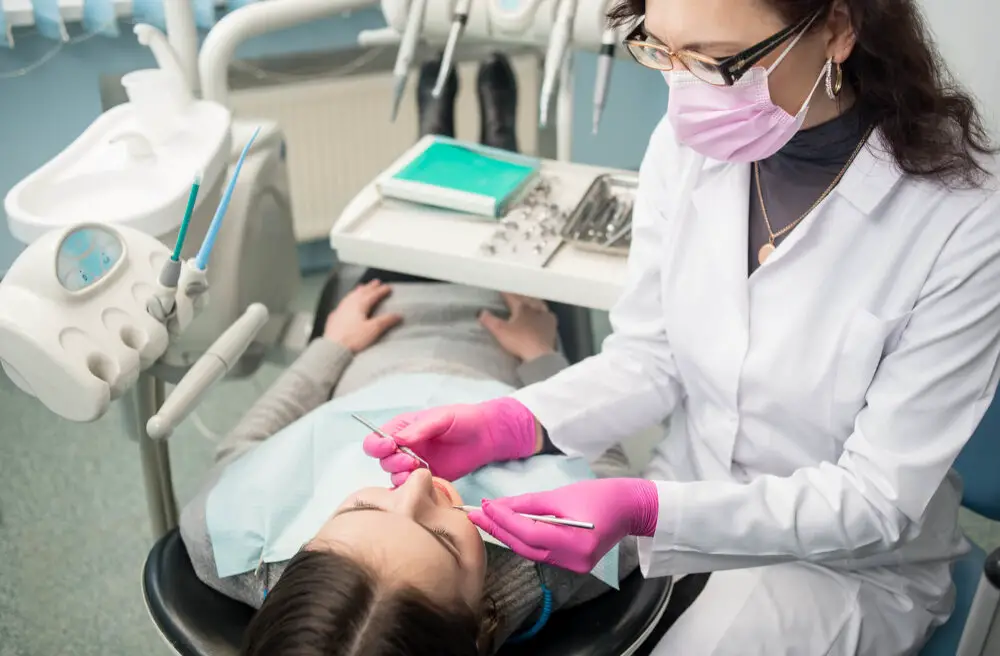
After tooth extraction, there are some common mistakes that patients tend to make which can cause severe discomfort and delay the healing process. Firstly, many people make the mistake of rinsing their mouth too vigorously or using a straw to drink liquids. This can dislodge the blood clot that has formed in the extraction site, leading to dry socket, a painful condition that occurs when the bone and nerves in the socket are exposed. To avoid this, it is recommended to rinse your mouth gently with salt water after 24 hours, and avoid using a straw for the first few days. Additionally, smoking or using tobacco products can also delay healing and increase the risk of developing dry socket, so it is best to avoid them altogether. Another common mistake that people make is not taking adequate rest after tooth extraction. It is essential to avoid strenuous exercise or physical activity for at least 24 hours after the procedure to allow the blood clot to form properly. Patients should also avoid touching the extraction site with their tongue or fingers, as this can cause infection and delay healing. Additionally, it is crucial to follow the dentist’s instructions for pain relief medication and antibiotics, if prescribed. Over-the-counter painkillers like aspirin and ibuprofen can increase the risk of bleeding, so patients should only take medication prescribed by their dentist. By avoiding these common mistakes, patients can ensure a smooth and speedy recovery after tooth extraction.
Smoking is a harmful habit that can have detrimental effects on oral health, including after tooth extraction. The chemicals in tobacco smoke can slow down the healing process, increase the risk of infection, and cause dry socket, a painful condition where the blood clot in the extraction site is dislodged. Smoking can also stain teeth, cause bad breath, and increase the risk of gum disease and tooth loss. Therefore, it is recommended to avoid smoking for at least 24 hours after tooth extraction and to quit smoking altogether for the sake of overall health and wellbeing.
Drinking through a straw is often recommended after tooth extraction as it can prevent dislodging of the blood clot, which is crucial for proper healing. A straw allows you to direct the flow of liquid towards the back of your mouth, reducing the risk of the liquid coming into contact with the extraction site. Additionally, drinking through a straw can also help alleviate pain and discomfort, especially when consuming cold or hot beverages. However, it’s important to ensure that the straw does not touch the extraction site as it can cause irritation or bleeding. It’s best to use a sterile, disposable straw and to avoid using a reusable one until the extraction site has fully healed.
Brushing too hard can be detrimental to your oral health. While it’s important to brush thoroughly, excessive pressure can damage your gums and tooth enamel. Over time, this can lead to sensitivity, gum recession, and even tooth loss. So it’s important to use a soft-bristled brush and gentle pressure when brushing your teeth. If you’re unsure about the proper brushing technique, consult with your dentist or dental hygienist. They can provide guidance and recommend the best products to use for your specific needs. Remember, taking care of your teeth and gums is crucial for maintaining a healthy smile and avoiding oral health problems in the future.
Skipping follow-up appointments after a tooth extraction can have serious consequences. These appointments are crucial because they allow your dentist to monitor your healing progress and address any potential complications. By skipping these appointments, you may not realize that you have an infection or other issues that could lead to further pain and discomfort. Additionally, your dentist can provide valuable advice on when it’s safe to start using toothpaste and other oral care products after extraction. So, it’s important to make every effort to attend all scheduled follow-up appointments to ensure a smooth and successful recovery.
Proper oral care after a tooth extraction is crucial to prevent complications and promote healing. Failure to follow the post-operative instructions can lead to dry socket, infection, bleeding, and prolong the recovery process. Maintaining good oral hygiene by brushing and flossing regularly, using a saltwater rinse, and avoiding smoking, alcohol, and hard or chewy foods for a few days can help reduce the risk of infection and promote a speedy recovery. Additionally, using toothpaste after extraction should be approached with caution and only after consulting with your dentist to avoid disrupting the blood clot and causing further damage to the extraction site. Overall, taking care of your oral health after a tooth extraction is essential for a successful recovery and to prevent any potential complications.
In conclusion, using toothpaste after tooth extraction requires careful consideration and attention to ensure proper healing and prevent complications. It is crucial to follow the instructions provided by your dentist or oral surgeon, including waiting for the appropriate time before using toothpaste and using mild, non-abrasive toothpaste. Additionally, being gentle while brushing and avoiding the extraction site can prevent irritation and promote healing. Moreover, maintaining good oral hygiene practices such as regular brushing and flossing can contribute to faster healing and prevent infection. Overall, it is best to consult with your dentist or oral surgeon for personalized recommendations and to address any concerns or issues that may arise during the healing process.
Conclusion
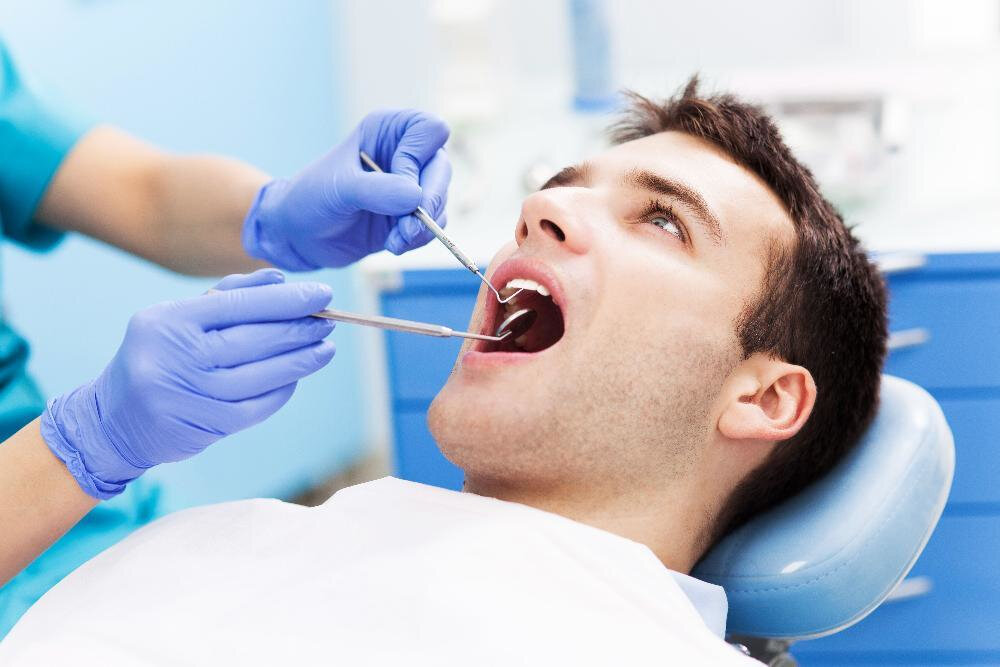
In conclusion, it is important to follow the instructions of your dentist when it comes to using toothpaste after an extraction. While some may suggest waiting a certain amount of time before using toothpaste, others may recommend using a toothpaste specifically designed for post-extraction care. Whatever the case may be, it is important to prioritize your oral health and follow the guidelines provided by your dental professional. With proper care, you can ensure a smooth and comfortable healing process, and return to your normal oral hygiene routine in no time.
